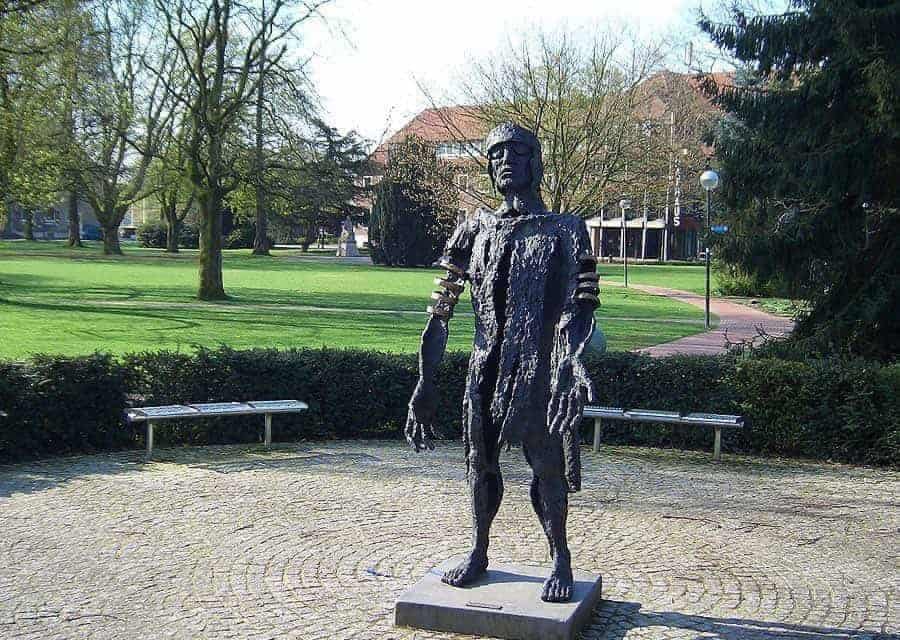It is possible for any commander to lose a battle; for example, they could be in charge of a force that is significantly inferior to that of their opponent. Throughout history, we have learned about military leaders who found a way to lose battles that were easier to win. It takes a unique talent to snatch defeat from the jaws of victory, but many commanders have achieved this feat.
You probably know about modern day incompetence on the battlefield, but perhaps you are less informed about the ancient idiots below. In this article, I look at five remarkable military mistakes that had dire consequences. In some of these cases, the ineptitude of these men not only led to the deaths of thousands, but it also changed the entire course of history.

1- Zhao Kuo – Battle of Changping (260BC)
The Changping campaign was fought between the State of Zhao and the State of Qin and began in April 262 BC. Qin had invaded the state of Han in 265 BC in a bid to capture Shangdang. It was a strategic location as it ensured Qin had a clear route to invade Zhao. The State of Han offered Shangdang to Zhao rather than allowing it to fall into enemy hands after years of trying to hold out. In 262 BC, the commander of the Zhao army, Lian Po, decided to wait at Changping rather than engaging the enemy. He knew their rivals were further away from home and would run out of supplies sooner rather than later.
A stalemate ensued, but by 260 BC, the Zhao were unhappy with the strategy and replaced Lian Po with a commander named Zhao Kuo, son of the legendary General Zhao She. Kuo’s father reportedly told his wife never to allow his son to command an army which suggests that Kuo was utterly unfit to lead. In the meantime, the accomplished General Bai Qi became the new commander of the Qin army.
Kuo wasted no time in assembling an army of approximately 400,000 men, and he attacked the Qin camp. His enemy retreated to their fortress, and Kuo foolishly followed; leaving his supply train behind. The Qin cavalry surrounded Kuo’s army, and a withdrawal to the Zhao fortress was blocked off by the enemy. Now, Kuo was trapped and to make matters worse; the Qin destroyed his supplies.
The Zhao army was surrounded for 46 days before it finally surrendered having run out of supplies and failed in several attempts to break out. The general was killed by Qin archers before the surrender and Bai Qi ordered the execution of the remaining troops. Before this disaster, Zhao was one of the most powerful states. It never recovered from Changping, and by 221 BC, Qin asserted its dominance and unified China.

